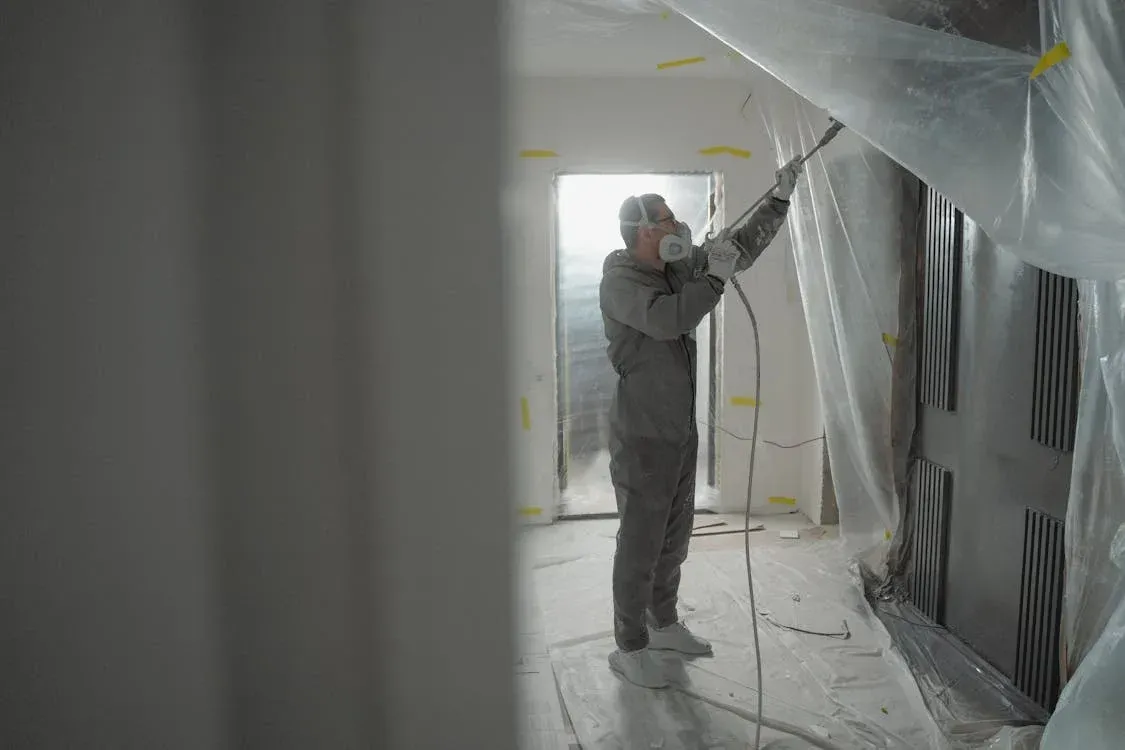By Heather Stoltz
•
April 24, 2024
California is a beautiful state with a rich history and diverse culture, and an excellent place to call home. If you're considering a move to California, you'll find plenty of options for both urban and rural living. With a growing economy, excellent schools, and plenty of recreational opportunities, California is a great place to lay down roots and start a new chapter. Here are some quick tips from Realtor Heather Stoltz that can get you moving in the right direction. Schedule a “Vacation” in Your Potential New City When you move to a new state, you don’t just need to choose a city; you’ll have to select a neighborhood that’ll become your new home. Since evaluating amenities, commute times, and similar details online is tricky, schedule a four-to-seven-day vacation in that area. Choose a vacation rental over a hotel so you can get closer to the local experience. Then, spend that time doing exactly what you’d do if you moved there, giving you a realistic picture of what living in that area is like. Take a look at area homes for sale online beforehand. You want to make the most of your time shopping the area, so it’s wise to have a list of the homes you want to see prepared. Make Use of Virtual Tours An increasing number of properties have virtual tours, allowing you to check out a home or apartment using only your computer. It’s a great way to spot places with potential, making it easier to create a shortlist of locations you’ll want to tour in person during your visit. Declutter as You Pack Relocating items you don’t actually need wastes time, money, and energy. As you pack, take a moment to consider whether each possession is actually providing you with any value. If not, assess its condition, sorting it into one of three boxes: sell, donate, or trash. This process keeps you organized while making it easier to prepare for a garage sale, donation drop-off, or dump run. Use Your Move as an Opportunity Relocating presents a unique opportunity to reshape your career and follow your passions. For instance, if you decide to get a master's degree in nursing , you can open doors to diverse and fulfilling career paths such as nurse education, informatics, nurse administration, or advanced practice nursing. Many universities now offer online master’s programs, providing the flexibility to continue working while you study. This approach not only facilitates career advancement but also enables you to apply new knowledge directly to your current job, enriching both your learning and professional experience. Set Up a Grocery Delivery Since unpacking is a cumbersome chore, eliminate the need to grocery shop by scheduling a delivery for the day you arrive. Make sure a few of the meals don’t require much kitchen gear, just in case you need a day to get your kitchen in order. Sandwiches, frozen lasagnas, take-and-bake pizzas, and similar options all work well. Find Contractors You Can Trust Moving to a new state is hard, especially when you aren’t familiar with any of the local businesses. That’s where an app that can put you in touch with trustworthy appliance repair technicians can come in handy. Just fill out some basic information about your house and needs, and it will recommend reputable contractors and maintenance companies in your new area while also enabling you to discover more options. Then, you won’t feel like you’re guessing and hoping to find help you can trust. Use Your Alumni Association to Find Jobs Tapping your alumni association to find job opportunities is wise. Since there’s an existing connection, it’s easier to forge a relationship. Plus, many people want to help alumni from their alma mater thrive, so they’re inclined to assist. Consider Launching Your Dream Business Have you always wanted to start a business? Then don’t let the move stop you. By writing up a business plan, you create a roadmap for profitability. Include a company description, how you’ll sell services, your funding needs, and any financial projections, and you’ll have a reliable framework. Also, be sure to review the pros and cons of each business entity when making your decision about your business structure. Establishing an LLC, for example, can be an attractive option. It’s easy to set up with a formation company’s help, and it offers tax advantages while limiting your personal liability. What Living in California Costs Understanding what it costs to live in California is essential. With the right data, you can update your budget, evaluate job offers, and plan effectively for your financial needs after your relocation. Here’s a quick look at some key numbers: Average home value is around $709,000 Rent typically runs around $2,719 per month Utilities average $239 per month Groceries cost about $3,468 per person a year. Education and childcare also cost less here. For college students, $8,401 per year is typical. For childcare, it usually runs in the range of $13,400 annually. Settle into Life in California Moving to California offers a plethora of opportunities for those looking for a fresh start or a new experience. The state boasts a warm and welcoming community that is sure to make anyone feel right at home. With excellent schools, a thriving economy, and beautiful coastal areas, it's no wonder why so many people are choosing to call California their new home. And with cities like San Diego, San Francisco, and Los Angeles, there's something for everyone in this diverse and vibrant state. So, whether you're moving for work, family, or just to take a chance on something new, California is sure to exceed your expectations. For real estate experience and knowledge you can trust in San Francisco, contact Realtor Heather Stoltz today! Image via Pexels















